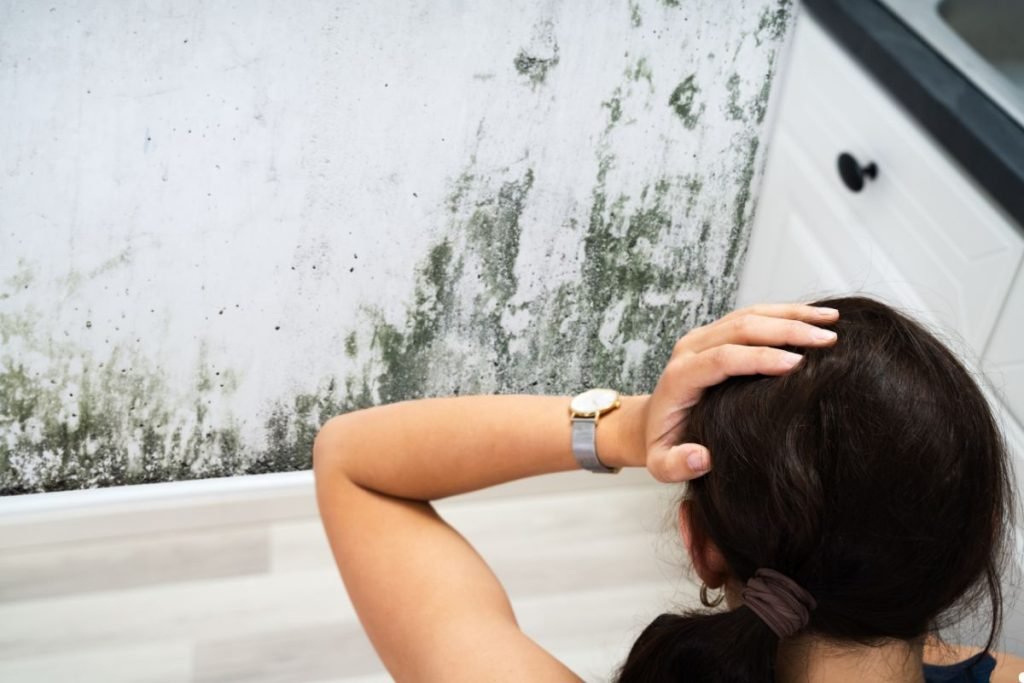
Yes, you can kill mold spores, but it requires the right approach. Simply wiping away visible mold is not enough, as it leaves the root of the problem—the spores—ready to regenerate. This article will provide you with proven methods to eliminate mold spores and protect your home and family from the harmful effects of mold.
Understanding Mold Spores: The Unseen Threat

Mold spores are microscopic particles that float in the air, both indoors and outdoors. They are the seeds of mold, waiting for the right conditions – moisture and a food source – to grow and multiply. Because they’re so small and lightweight, they spread easily throughout your home via air currents, making them virtually impossible to avoid entirely. Understanding their pervasiveness is the first step in controlling them. Black mold isn’t just unsightly; it can pose serious health risks, especially for individuals with allergies, asthma, or compromised immune systems. Learn more about black mold removal services
Why Mold Spores Are So Hard to Kill
Mold spores are incredibly resilient. They can survive in dormant states for extended periods, even in harsh conditions. They are resistant to many common household cleaners and can quickly regrow if the underlying moisture issue isn’t addressed. The key to effective mold spore elimination is targeting them at the source and preventing them from returning.
Concerned about mold in your home? Don’t let it spread. Call us today for a professional mold inspection and personalized remediation plan.
Dispelling Common Myths About Mold Removal
Many homeowners fall victim to common myths about mold removal, leading to ineffective treatments and recurring problems. Let’s debunk some of the most prevalent:
- Myth 1: Bleach Kills Mold: Bleach only addresses surface mold and doesn’t penetrate porous materials to kill the roots. It can also create a breeding ground for mold.
- Myth 2: Sunlight Eliminates Mold: While sunlight can inhibit mold growth, it’s not a reliable method for killing spores, especially in dark, damp areas.
- Myth 3: Painting Over Mold Solves the Problem: Painting over mold only hides it temporarily. The mold will continue to grow underneath the paint, eventually causing the paint to peel and the problem to resurface.
Proven Strategies to Kill Mold Spores
To effectively kill mold spores, you need a multi-faceted approach:
- Professional Mold Remediation: This is the most thorough option, involving trained technicians who use specialized equipment and techniques to eliminate mold at the source.
- Using EPA-Registered Disinfectants: Certain disinfectants are specifically formulated to kill mold spores. Always follow the manufacturer’s instructions carefully.
- Controlling Humidity: Mold thrives in humid environments. Use dehumidifiers and ensure proper ventilation to keep indoor humidity levels below 60%.
- HEPA Filtration: A HEPA (High-Efficiency Particulate Air) filter can capture mold spores from the air, helping to reduce their concentration.
Don’t waste time and money on ineffective methods. Call us now for a guaranteed mold removal solution.
Killing Mold Spores Yourself: A Step-by-Step Guide
If you choose to tackle mold removal yourself, proceed with caution and follow these steps:
- Identifying Mold and Assessing the Problem: Determine the type of mold and the extent of the infestation. Small, contained areas (less than 10 square feet) can usually be handled by homeowners. Larger infestations require professional help.
- Preparing the Area: Seal off the affected area with plastic sheeting and tape to prevent spores from spreading.
- Applying a Mold-Killing Solution: Use an EPA-registered disinfectant or a mixture of vinegar and water (for less severe cases).
- Cleaning and Drying: Thoroughly clean the affected area with a scrub brush and disinfectant. Dry the area completely using fans or dehumidifiers.
- Preventing Future Growth: Address the underlying moisture problem that caused the mold in the first place.
Preventing Mold Spore Growth: A Proactive Approach

Prevention is key to avoiding future mold problems:
- Maintaining Low Humidity: Keep indoor humidity levels below 60% using dehumidifiers and air conditioners.
- Improving Ventilation: Ensure adequate ventilation in bathrooms, kitchens, and laundry rooms.
- Regular Cleaning: Regularly clean bathrooms and kitchens to prevent mold growth; for more specialized care, explore our bathroom mold removal services.
- Addressing Water Leaks Promptly: Fix any leaks in roofs, pipes, or foundations immediately.
Health Risks Associated with Mold Spore Exposure
Exposure to mold spores can trigger a range of health problems, including:
- Allergic reactions (sneezing, coughing, runny nose, skin rash)
- Asthma attacks
- Respiratory infections
- Eye irritation
- Skin irritation
People with weakened immune systems are particularly vulnerable to mold-related illnesses.
Knowing When to Enlist Professional Mold Remediation Services
It’s best to call a professional when:
- The mold infestation covers a large area (more than 10 square feet).
- You suspect hidden mold behind walls or under flooring.
- You have health concerns related to mold exposure.
- You’ve tried DIY methods without success.
- You are dealing with black mold (Stachybotrys chart arum), which can be particularly toxic.
Frequently Asked Questions About Killing Mold Spores
Does Vinegar Kill Mold Spores?
Vinegar can kill some types of mold spores on the surface, but it’s not as effective as EPA-registered disinfectants.
How Long Does It Take to Kill Mold Spores?
The time it takes to kill mold spores depends on the method used and the severity of the infestation. Professional remediation can often be completed in a few days.
What is the Best Way to Prevent Mold Spores from Growing?
The best way to prevent mold spores from growing is to control humidity and address moisture problems.
Are Mold Spores Always Harmful?
Not all mold spores are harmful, but some species can produce toxins that pose health risks.
Taking Control: Your Guide to a Mold-Free Home
Killing mold spores is possible with the right knowledge and techniques. By understanding the nature of mold, dispelling common myths, implementing effective removal methods, and prioritizing prevention, you can create a healthy and mold-free home for yourself and your family. Remember, if you’re unsure or overwhelmed, don’t hesitate to seek professional help.
Ready to breathe easier in a mold-free home? Contact us today and let our experts handle the problem!

